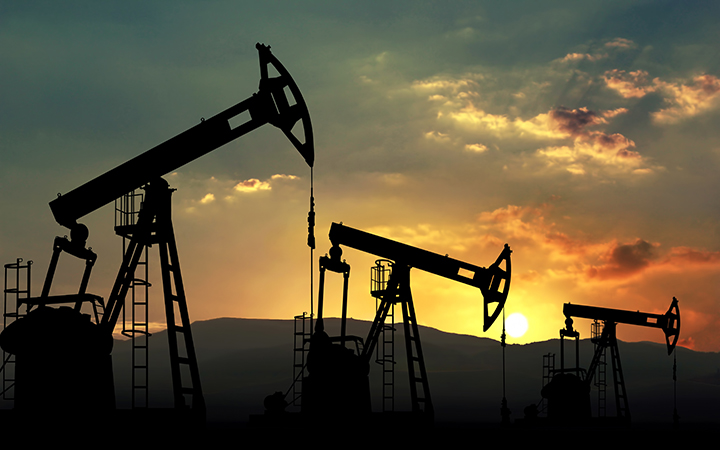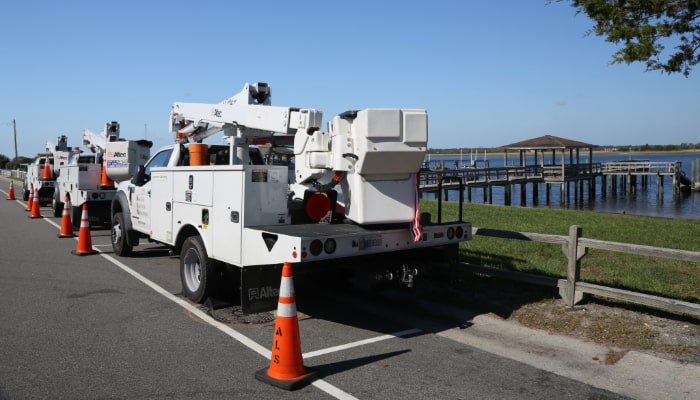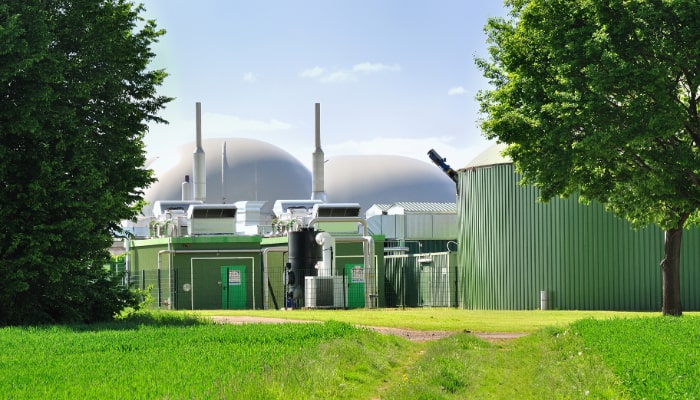With respect to coverage afforded to oil and gas contractors, we typically think of Inland Marine policies as first party asset-based policies. However, robust Inland Marine policies can be written to include both first party property coverage and third-party liability coverage. Why would Inland Marine policies be structured include third party liability coverage? The answer lies in the standard Care, Custody, and Control exclusionary wording found in most General Liability policies (e.g., “Property Damage” to Personal property in the care, custody or control of the insured.)
Given the multitude of oilfield contractors involved upstream, midstream, and downstream operations, it is safe to assume that a significant amount of these individually-insured contractors will be in the care, custody, or control of non-owned property during the course of their work. That being the case, this presents an inherent third-party liability exposure. Although there are various risk transfer mechanisms and contractual structuring that can be utilized to address and negotiate the coverage of these exposures, there are three predominant – and widely available – coverages that are available to companies:
- Motor Truck Cargo Legal Liability – an inland marine form covering loss of property in the course of transit, either by common carrier or on the insured’s own vehicles, depending on the form used
- Rigger’s Legal Liability - insurance for a contractor's liability arising out of the moving of property and equipment that belongs to others, such as lifting air-conditioning units onto a roof with a crane. The standard commercial general liability (CGL) policy does not cover this risk due to the exclusion for "personal property of others in your care, custody or control." Riggers liability coverage can be affected by attaching a riggers liability endorsement to the CGL policy that modifies or deletes the "care, custody or control" exclusion. (Note that if the contractor is an insured under a builders risk policy on the project, coverage is usually provided in that policy for property of others for which the insured may be liable. The builders risk policy may include a deductible, however, and may not include coverage for loss of use.)
- Installation - inland marine coverage on property (usually equipment) being installed by a contractor. Essentially a specialized type of builders risk coverage that is often written on the same form used to provide builders risk coverage.
It is important to discuss these coverages with your insurance broker even if you are not primarily in the business of performing the operations related to these coverages. Ancillary operations and exposures can, and often do, result in significant claims.
For example, a roustabout contractor might specialize in – and ultimately be contracted for – operations such as site preparation / construction, reclamation, etc. Let’s assume they’ve utilized a company-owned flatbed trailer to bring their company-owned equipment (e.g., a trencher) to a drilling site and have also brought a company-owned winch truck to the site to perform their operations. At this point, so far, so good on first-party property coverage. However, oilfield contractors often get asked, and even in some circumstances volunteer, to move non-owned equipment to another location on a drilling site, or use a winch truck to assist another contractor in lifting a piece of non-owned equipment. Respectively, these exposures should be covered by Motor Truck Cargo Legal Liability and Rigger’s Legal Liability endorsements with adequate limits.
The AssuredPartners Energy team is experienced in helping oil and gas companies navigate their unique exposures and then recommending strategic solutions that manage risk and help drive growth. To learn more, contact our team of energy professionals.
Source: IRMI




